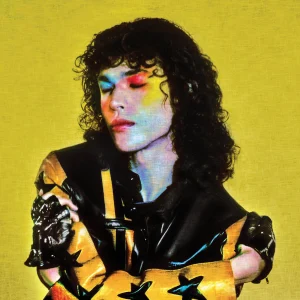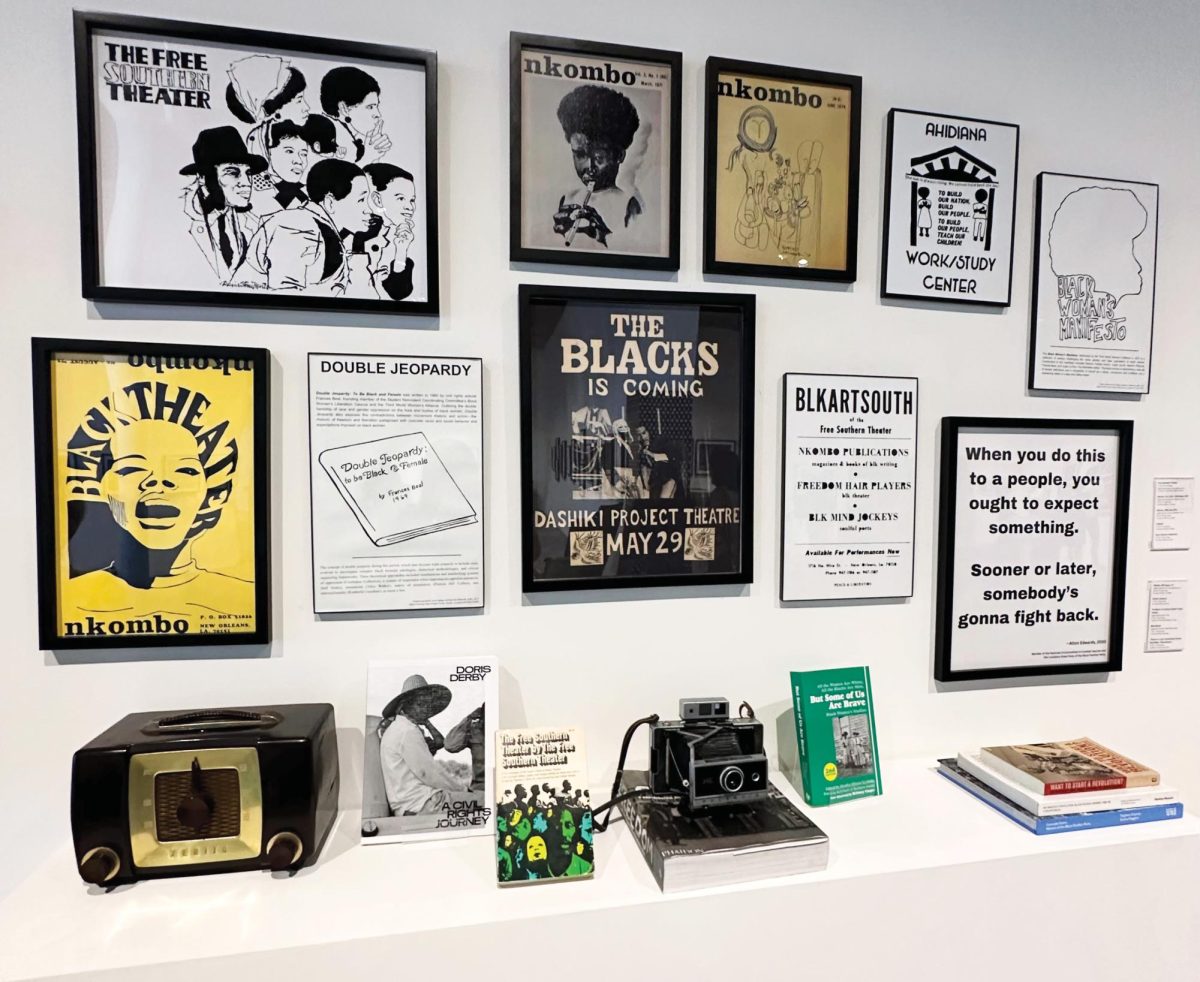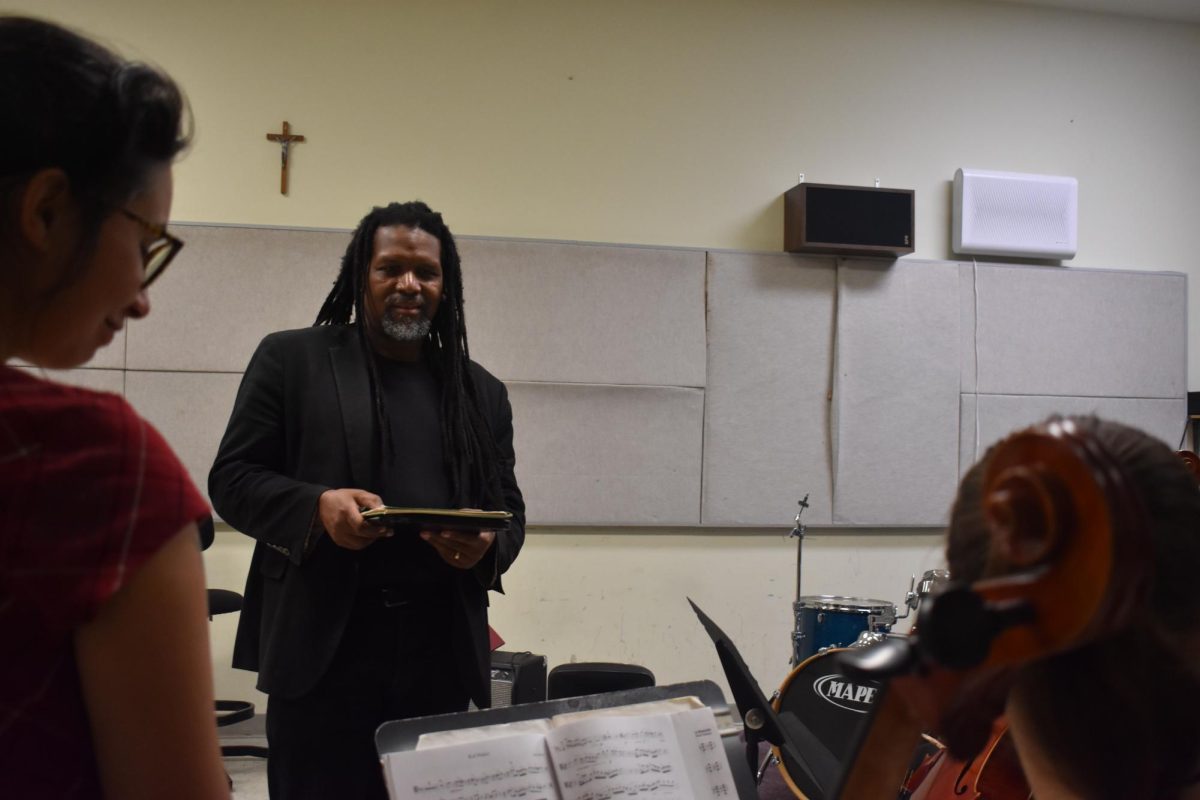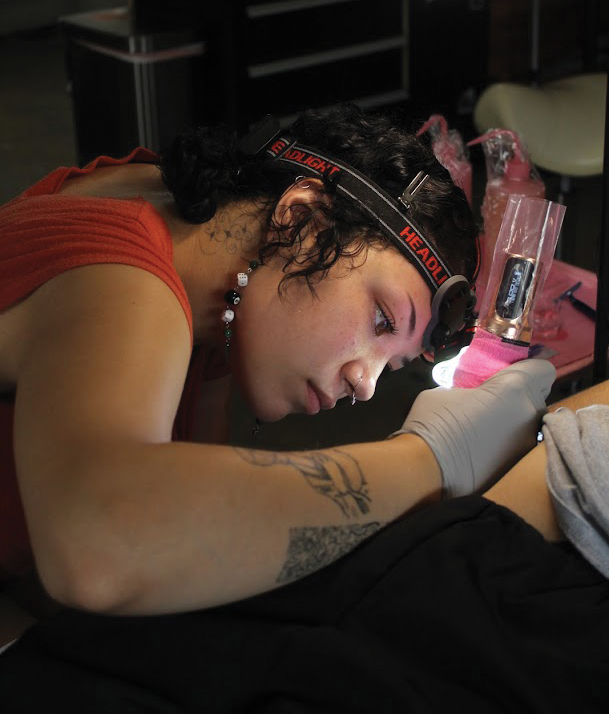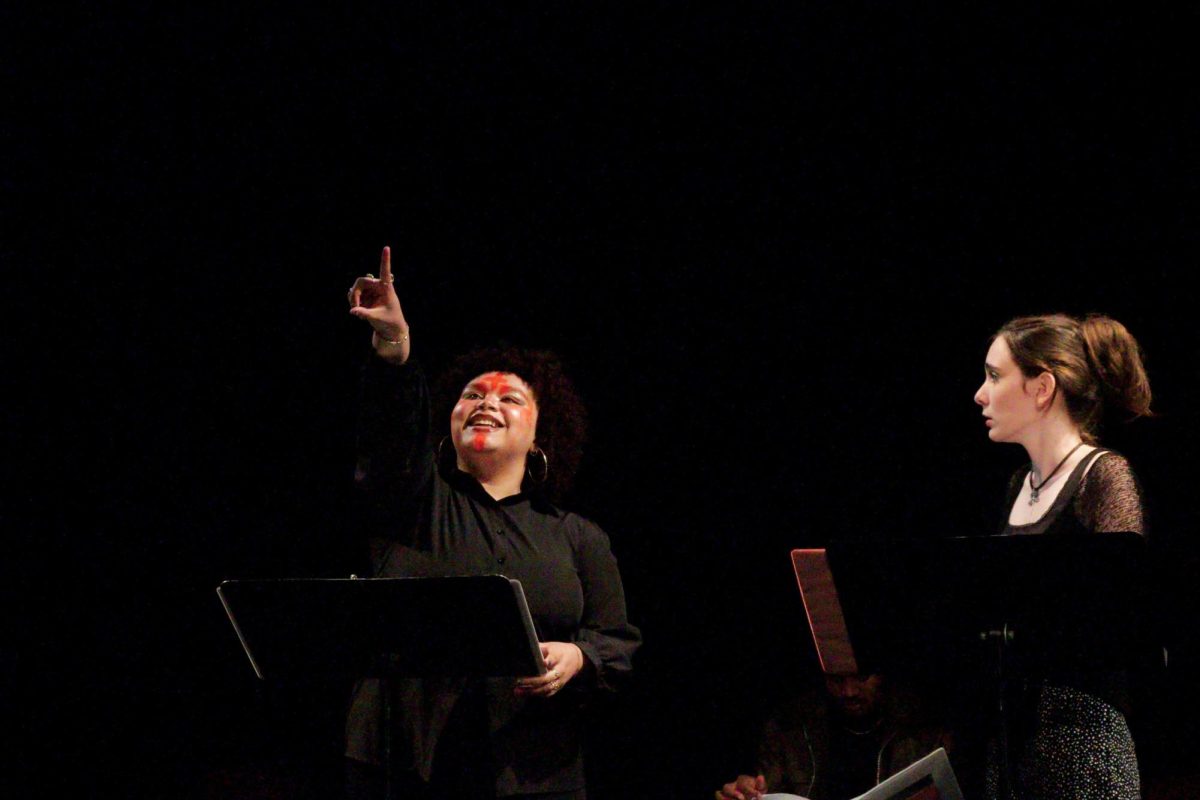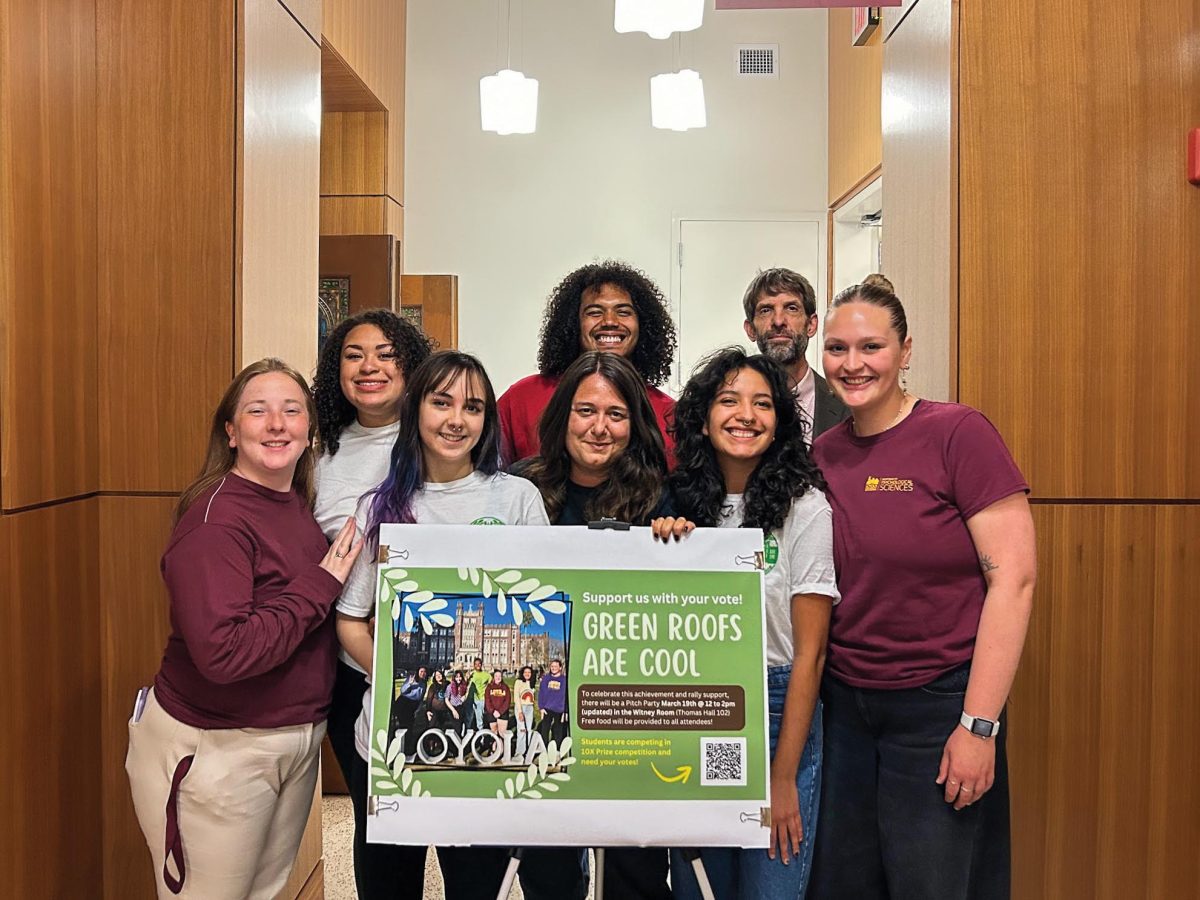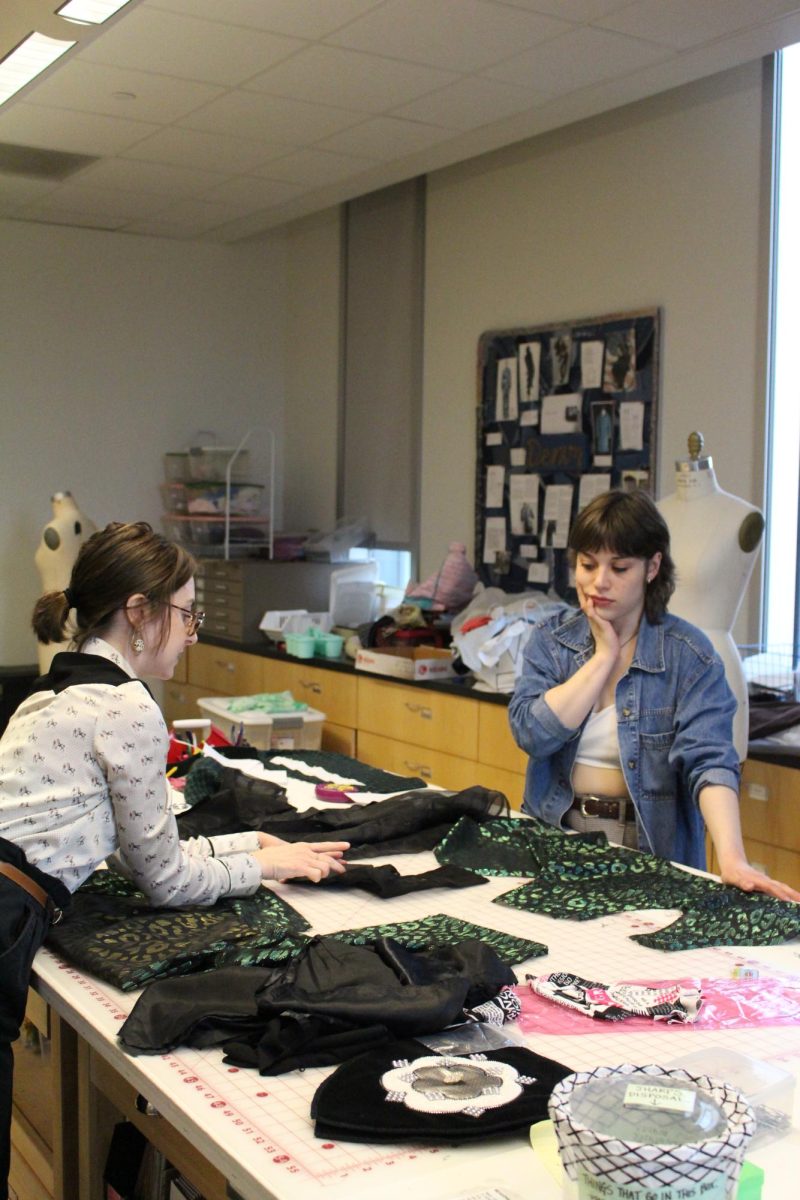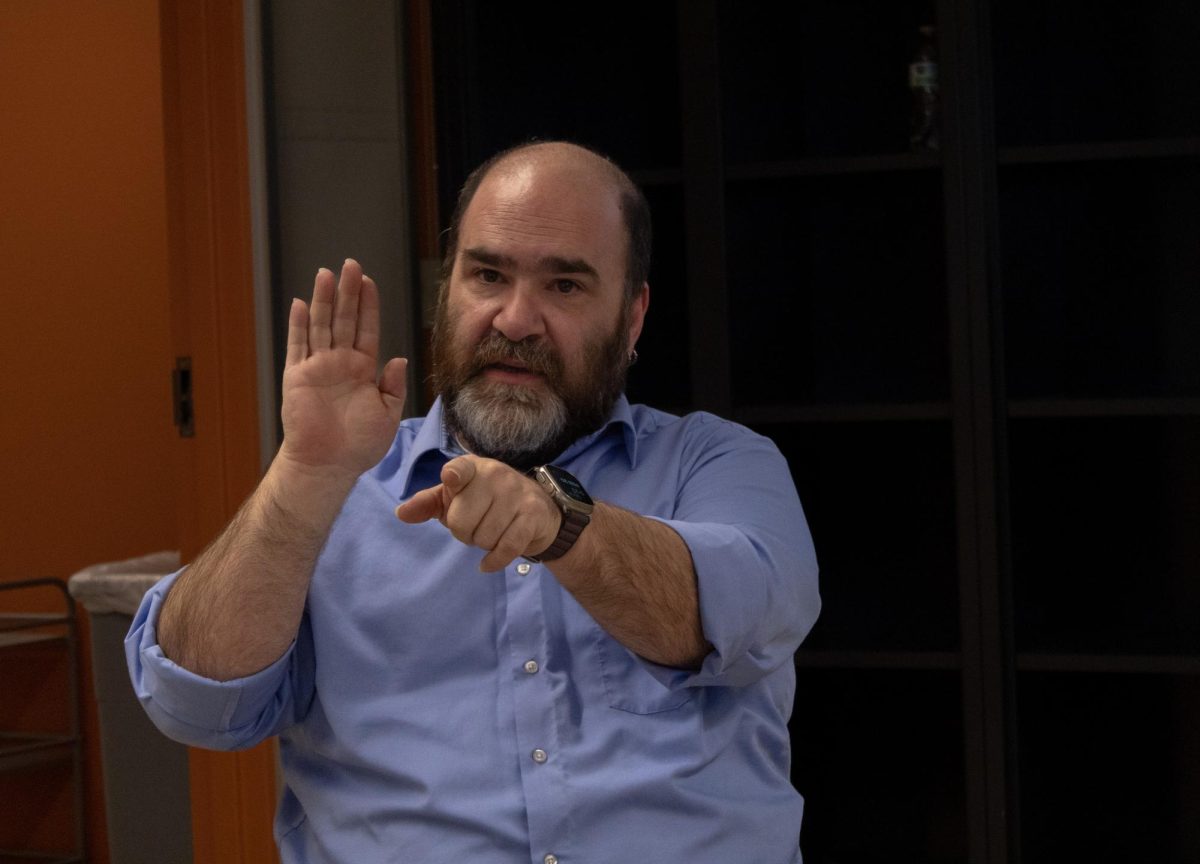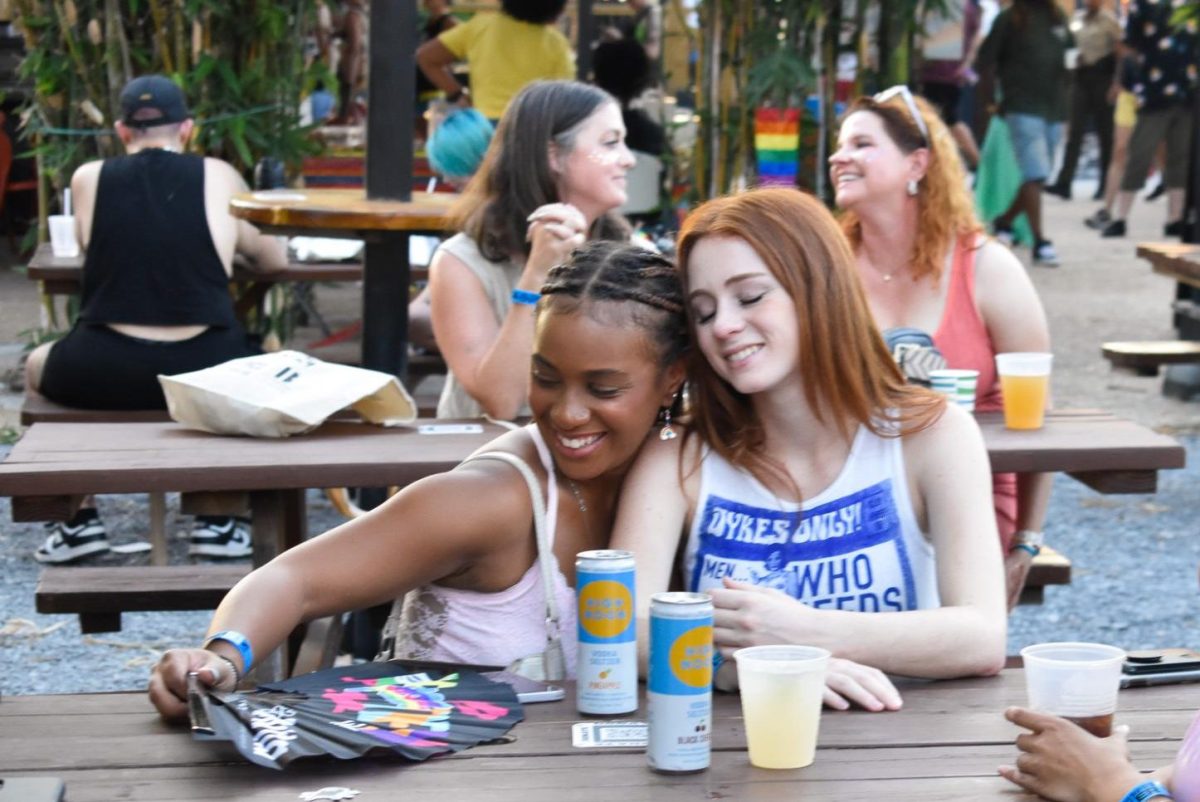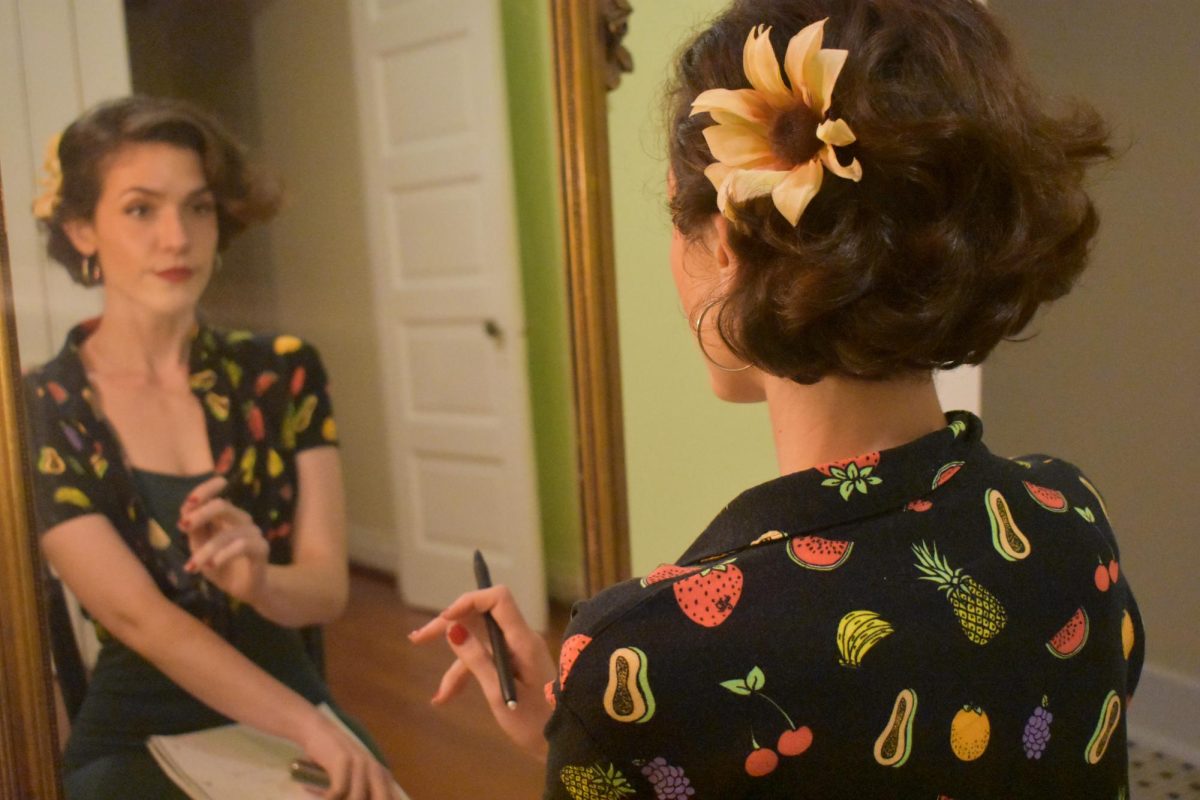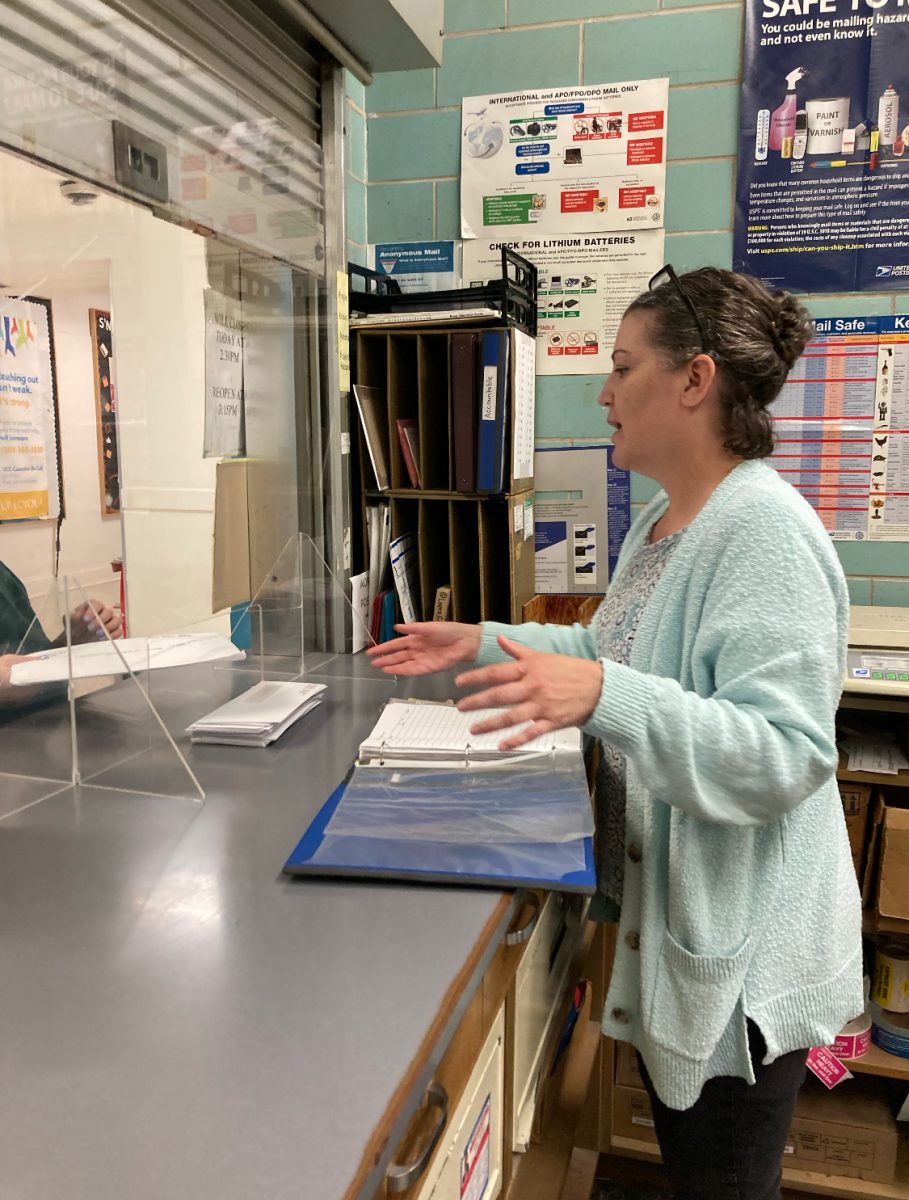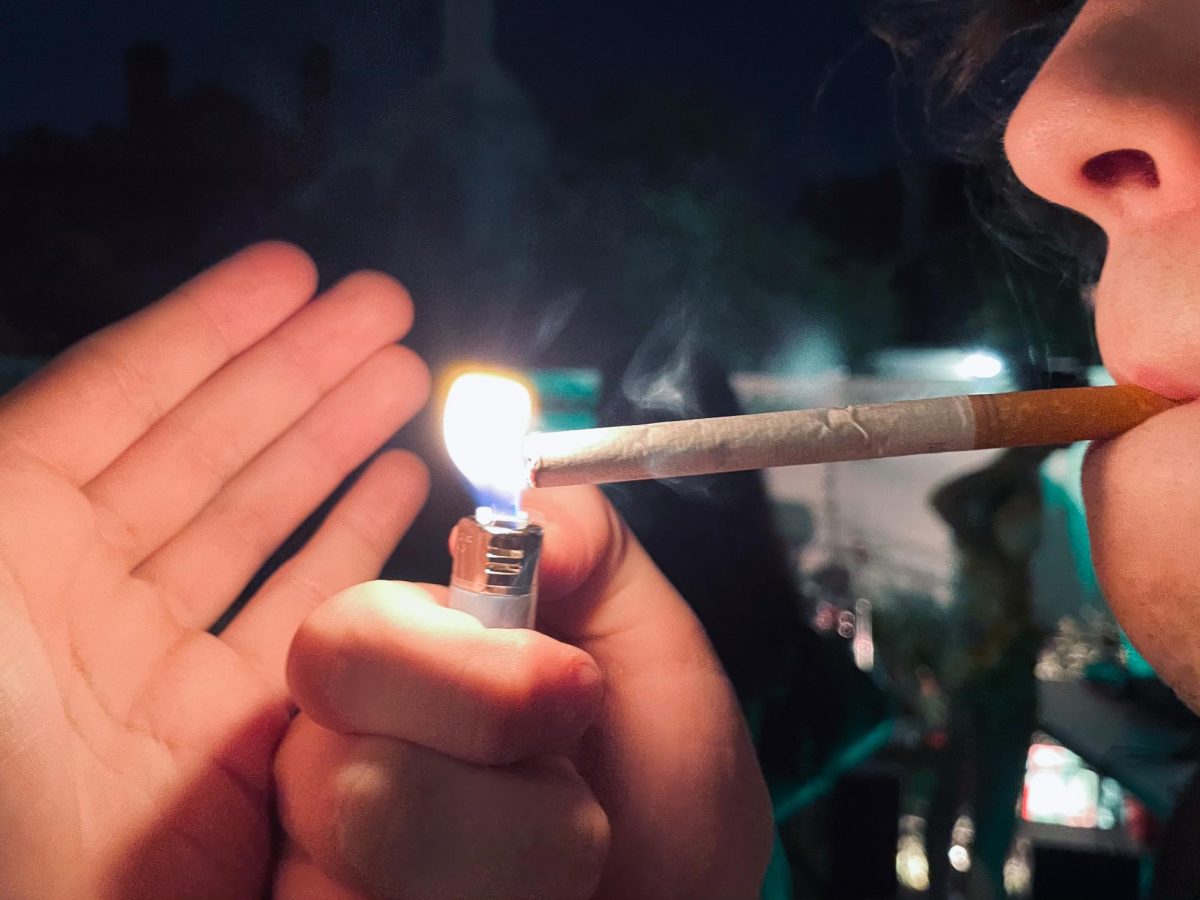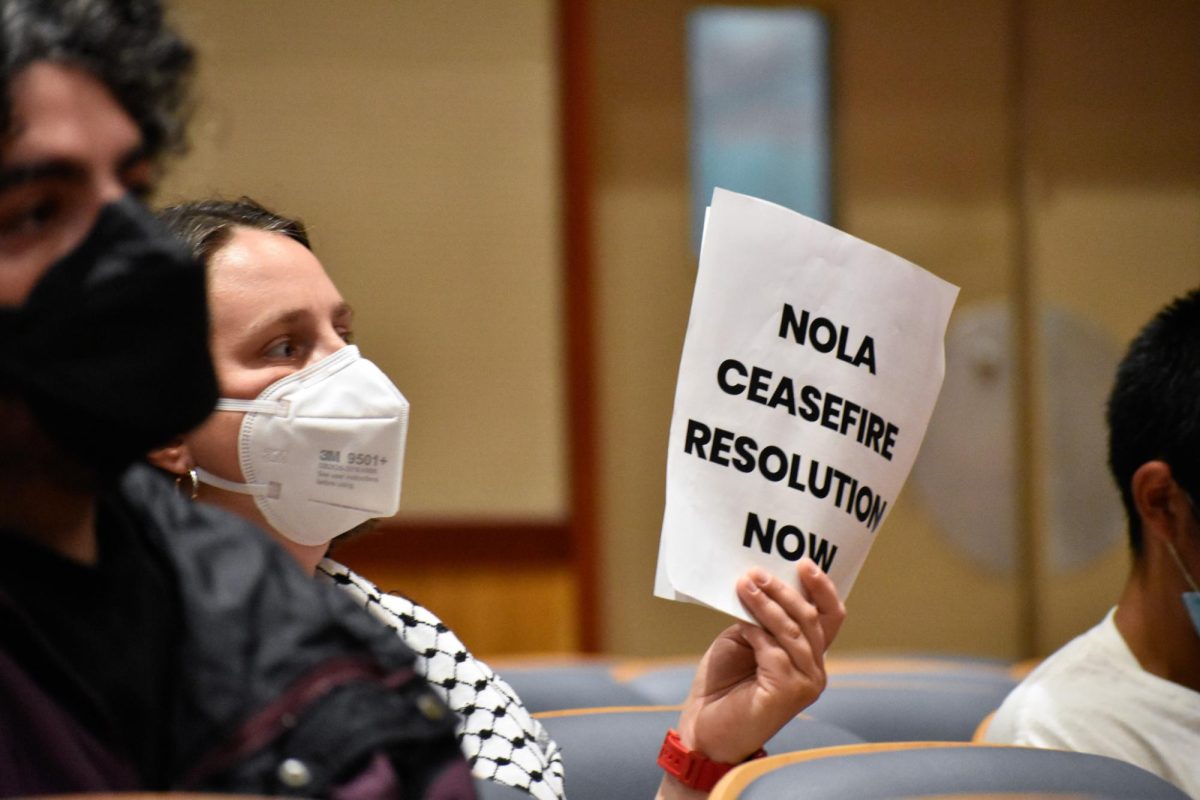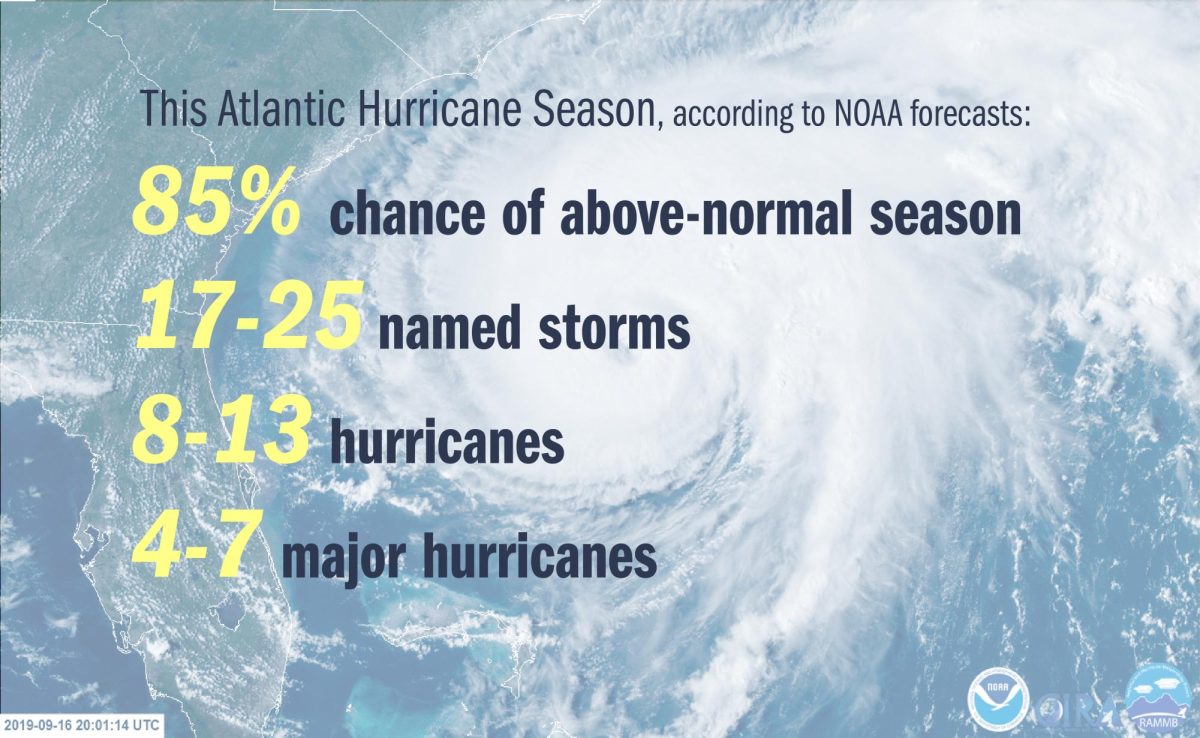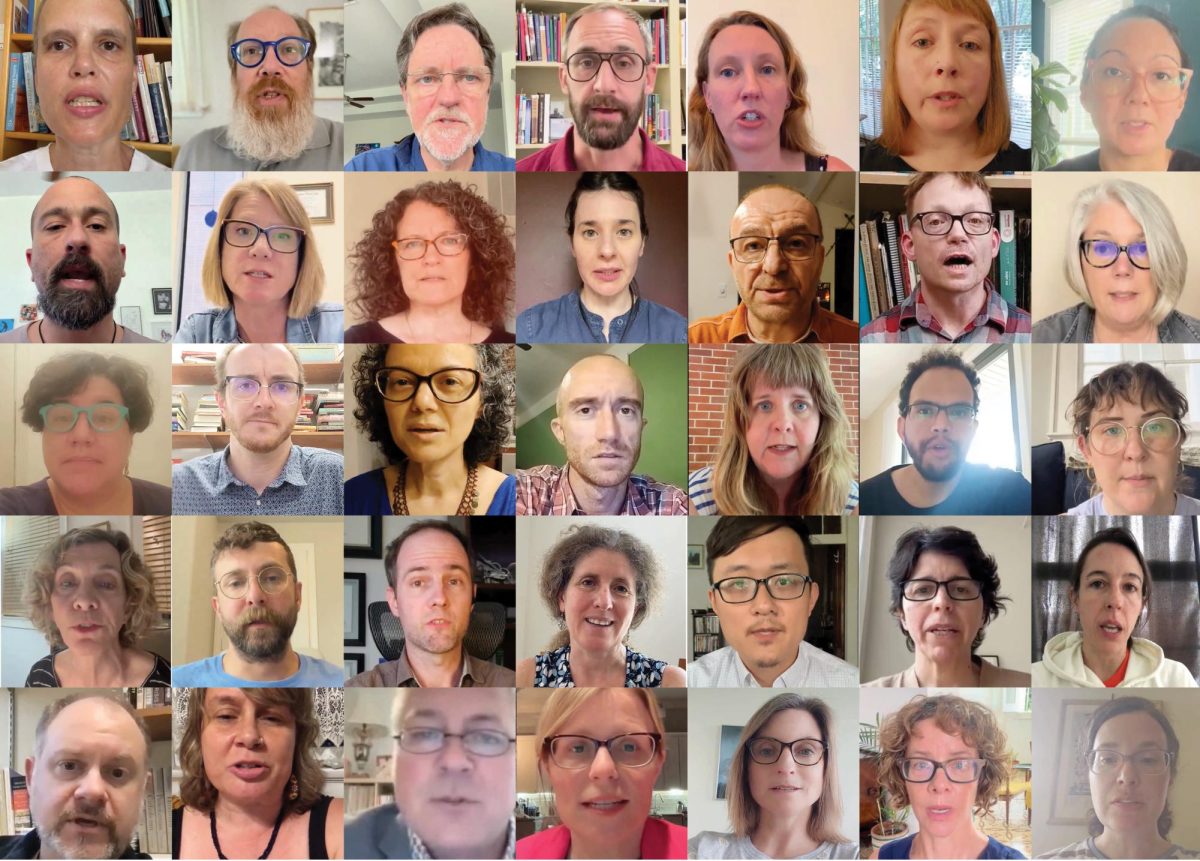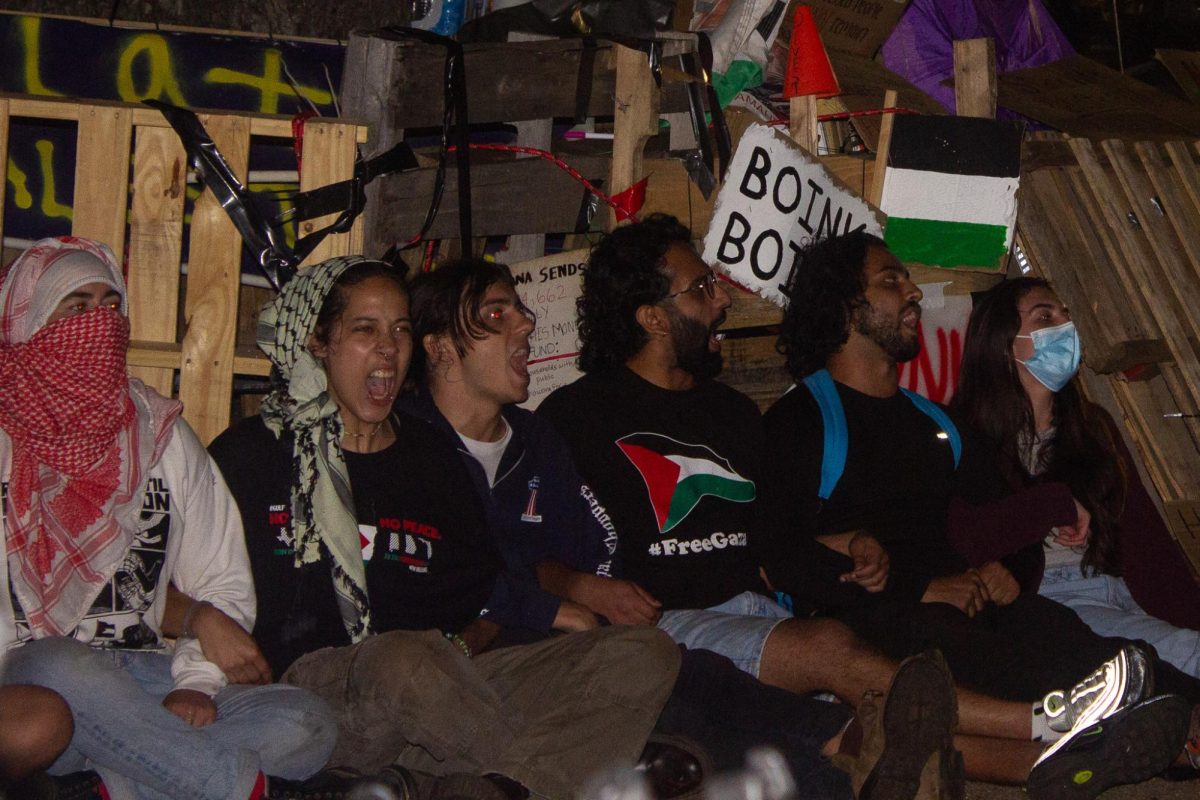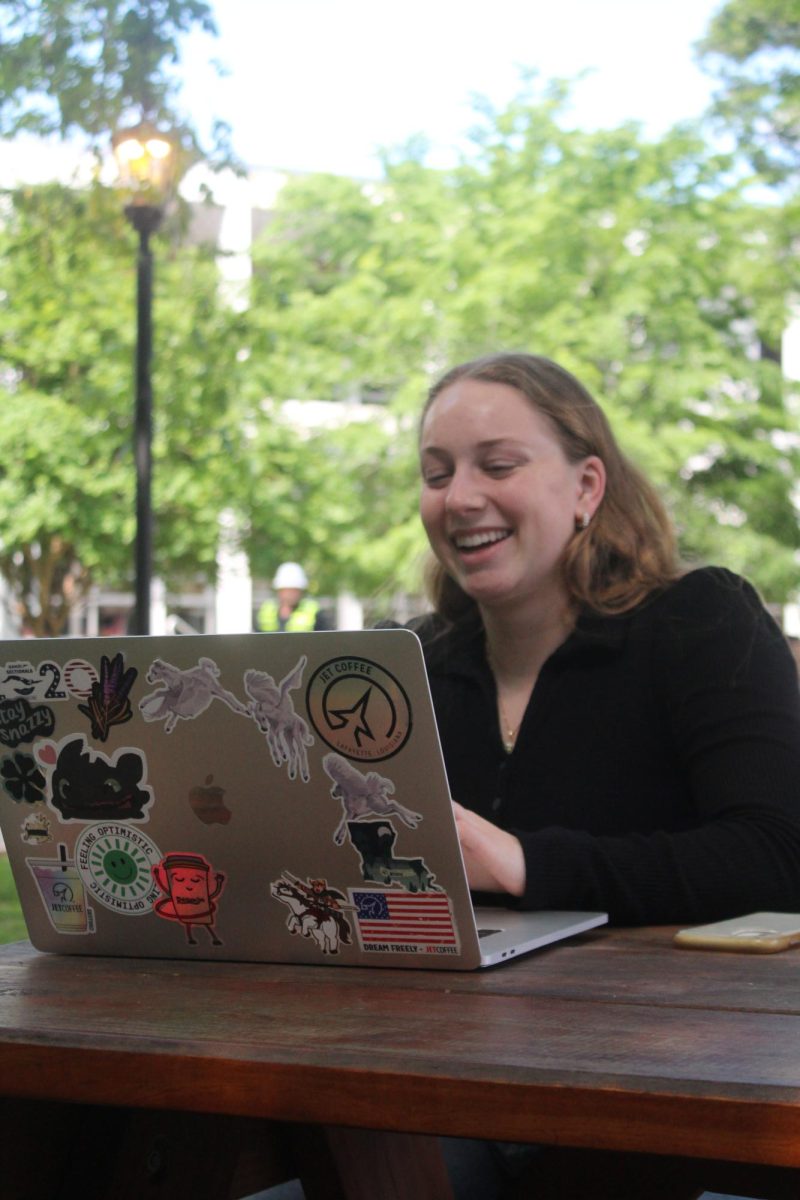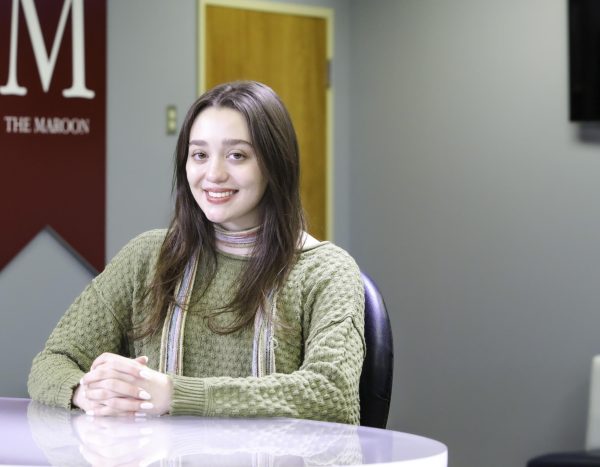New Orleans creative collective, “f/504,” which was founded by Loyola student Lillian Wilkin and alumna Emilee Chubb, prompts connection and collaboration for local creatives free of charge.
Their events include seasonal clothing swaps and monthly photo events hosted in eclectic locations like Hotel Peter and Paul and New Orleans Opera Guild Home.
f/504 has joined forces with Dillard University’s Afrofuturism club to highlight the importance of Black creativity and identity.
“Afrofuturism,” a concept coined 30 years ago, places emphasis on the preservation of African-American ancestry and Black liberation by means of futuristic expression.
Though widely perceived as a subgenre of science fiction, every discipline of art and field of study is encompassed by this movement to some extent.
It’s nothing short of a lifestyle, according to founder and president of the club, Mikayla Weary.
The local collective collaborated with the Afrofuturism club for an event on Sunday, Feb. 25 at the Contemporary Arts Center of New Orleans, where creatives utilized the museum’s exhibition to celebrate Black History Month through photography, modeling, and even music. The event was titled “FOR US BY US: Past, Present and Future.”
“There are a lot of movements where we see ourselves in the past and the present, but we don’t really focus on the future enough, and in the arts its very important that we get that representation, because not only does it raise the question of how the future looks like for Black people, it puts it into perspective,” Weary said.
Weary and fellow club leader, Sai Rothleutner, began attending f/504 events their sophomore year, where they forged a connection with co-founder Joliet Morrill, allowing them to expand their opportunities beyond Dillard’s campus and community.
“Mikayla and I had been to f/504 events before, but over the summer I went to one where I actually got to meet Joliet and everyone else and I was like ‘okay, y’all are really cool so hopefully we can have an event or come up with ideas for one,’” Rothleutner said.
Morrill said her main interest was breaking down the ideas of limitations on access and of utilizing spaces within the city.
“So like, how often do you get to do a photoshoot in a museum? Or how often do you get to do a shoot at the opera house?” Morrill said.
People might hear the term Afrofuturism and arrive at a preconceived notion that it’s limited to narratives like “Black Panther” or the works of Octavia Butler. However, according to Weary, Afrofuturism exceeds both time and what is tangible to the senses, especially in a city like New Orleans.
“Black people have turned all these complex emotions and hardships into things and forms of expression that can say a lot without even having to use words. Creating things out of resources that you already have is Afrofuturistic in itself,” Weary said. “I see that in anything and everything here in New Orleans, you know? The same bricks Black people laid thousands of years ago in Tremé are still there.”




